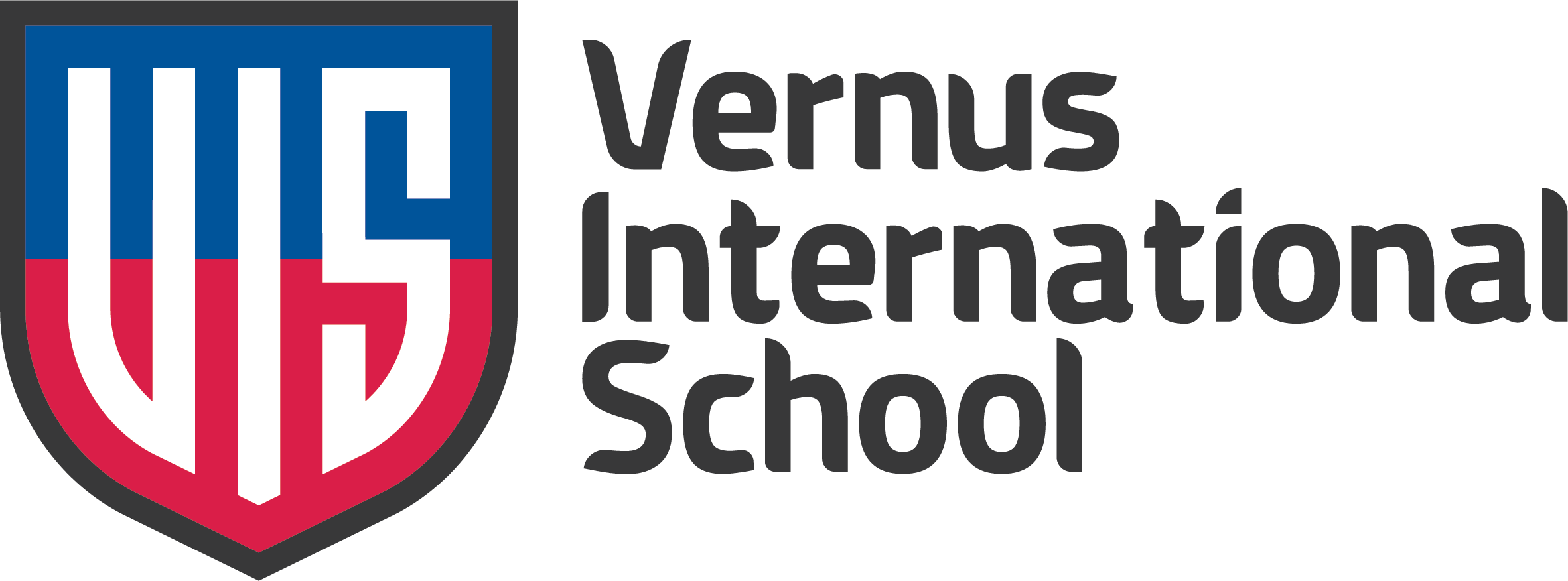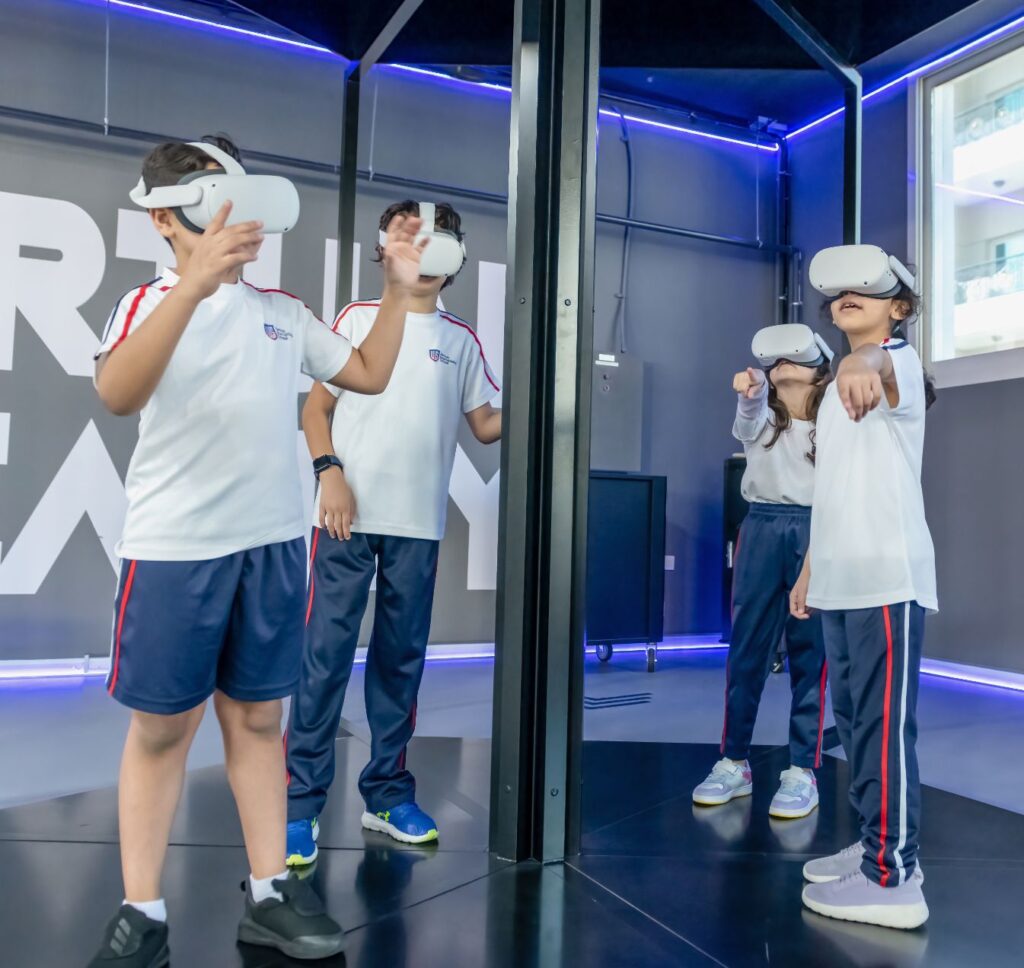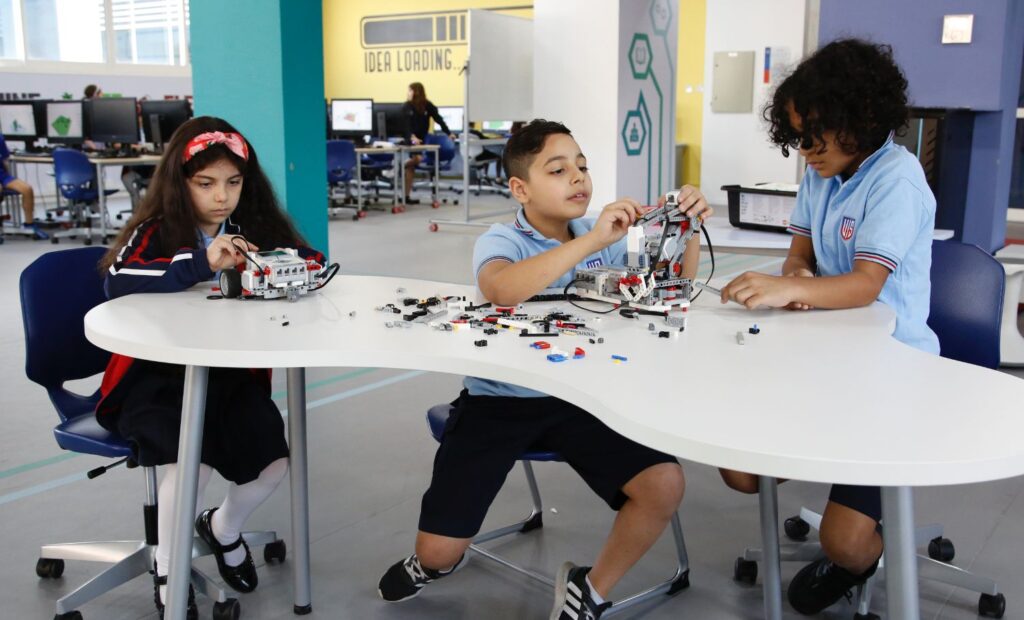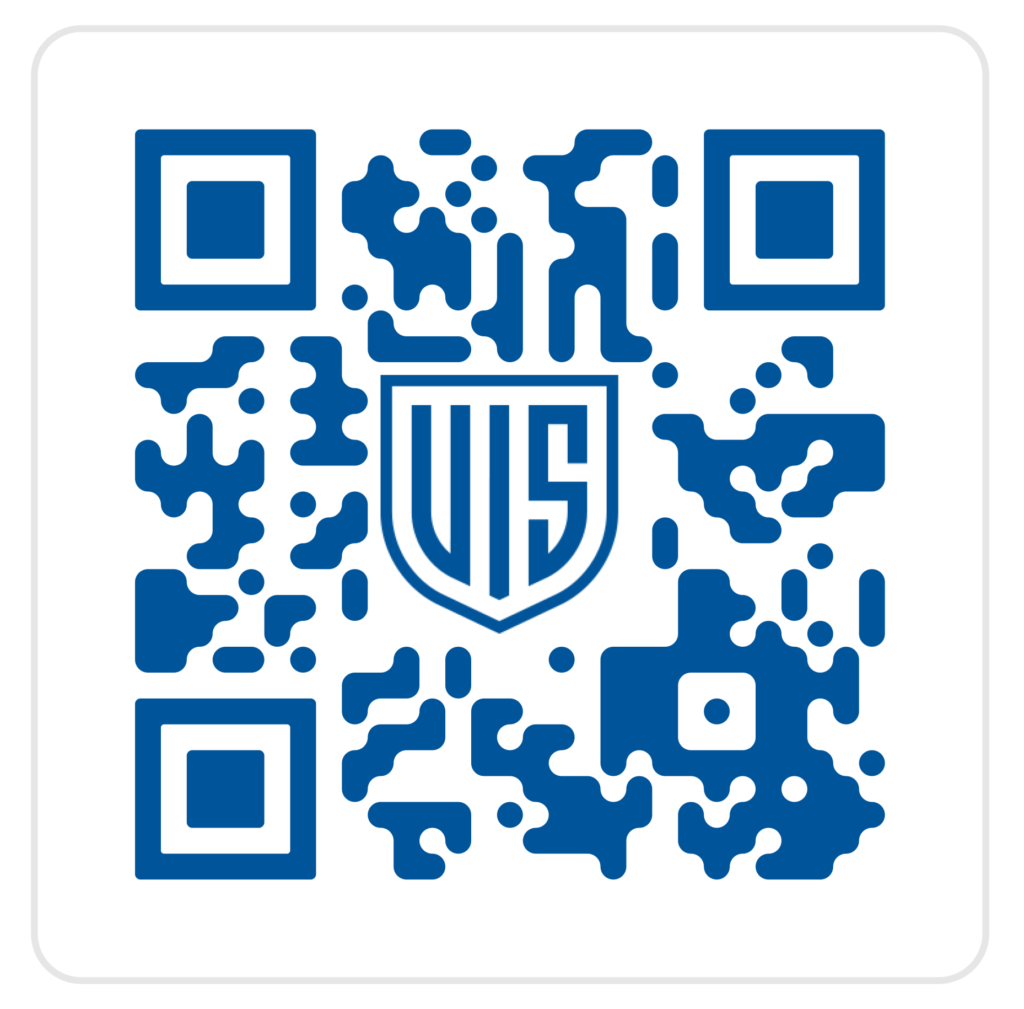school updates

What is PBL?
In Project Based Learning, teachers are not all-knowing experts but rather coaches who facilitate the personalized learning journey of each student through a structured inquiry process.
Authenticity of projects will be enhanced through community partners who will work with teachers to design projects by identifying issues in the local community. The broader approach of PBL is grounded in the curriculum frameworks adopted by the California State Board of Education that require inquiry and critical thinking.
At VIS, PBL enables children to develop multi-disciplinary approaches to learning, and it captures children’s strengths and interests.
Project-Based Learning (PBL) is backed by thorough research as a 21st Century international practice that maximizes student engagement and outcomes
Project-Based Learning (PBL) is an instructional methodology that encourages students to learn and apply knowledge and skills through an engaging experience. PBL presents opportunities for deeper learning in-context and the development of important skills. It is a teaching method in which students learn by actively engaging in real-world and personally meaningful projects.
Benefits of PBL
- Better Prepared for the World of Work- Experiments = Experience. Students of PBL will enter the workforce with significant experience in the areas of Research, Logical Reasoning, Team Cooperation, and even Project Management.
- Student-Centered learning- PBL seeks to create a student-centered environment. In this setting, the teacher serves as a facilitator while guiding the students.
- Student teaches student- PBL can provide an environment for senior students to share knowledge and other useful skills with junior students.
- Create critical thinkers – PBL is a powerful pedagogy that helps students to learn how to be critical thinkers – to make thoughtful decisions and exercise reasoned judgments
- Promotes social learning – PBL centers around working with a team or small group to problem solve. This means the student gets immersed in a social setting more often than they would in a traditional classroom setting.
- The larger scope of learning opportunities – The basis for the projects in PBL is ―real-world‖ issues. With the use of today’s technology, students can explore opportunities outside of their local communities. They can also communicate with experts across the globe to help them with their research.
- Promotes integration of subjects – In PBL, all the subjects meld into one, interconnected, handson lesson. This is a more natural and interesting way to learn.
- Various ways to assess program- PBL structure allows teachers to assess students using a broader set of rules that reflect individual strengths. It also offers an accurate picture of each students’ strengths and areas for improvement.
Why choose PBL?
- Deeper learning- PBL leads to deeper understanding and greater retention of content knowledge. Students are better able to apply what they know to new situations.
- Engages hearts and minds- Students actively engage with PBL projects that provide real-world relevance for learning. Students can solve problems that are important to them and their communities.
- A sense of purpose- A great project can be transformative for students. Seeing a real-world impact gives them a sense of agency and purpose.
4. Success skills- Students gain skills valuable in today’s workplace and in life, such as how to take initiative, work responsibly, solve problems, collaborate in teams, and communicate ideas.






